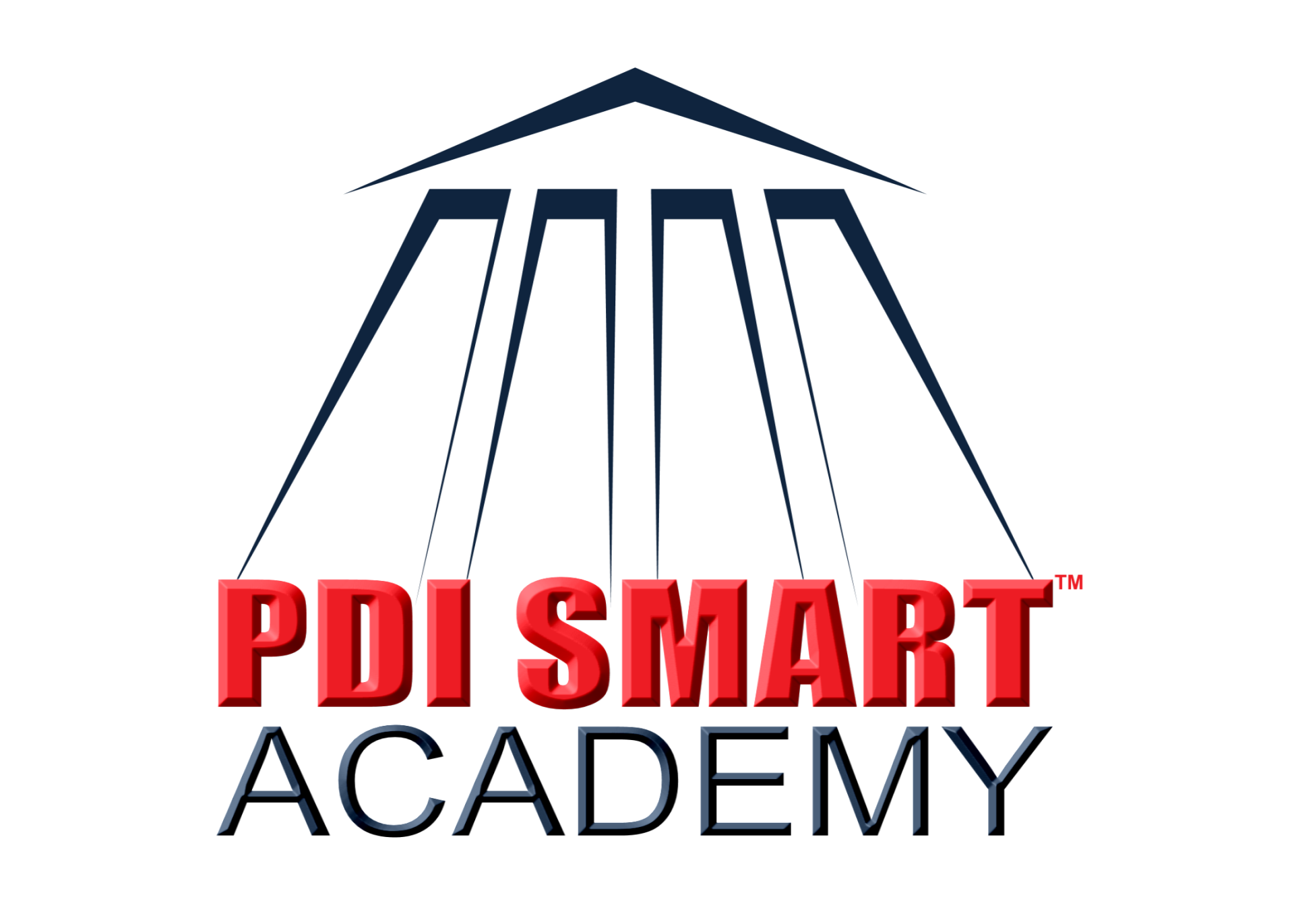Bad Ergonomics in Growth Potential
Feb 23
/
Donald Jenkins, CEO, MPDC
When was the last time you thought about the importance of ergonomics? Chances are you've never given it much thought until you are a victim of bad ergonomics, which is how people interact with design technology. For example, a poorly designed chair that gives you bad posture while doing work, and a rearview mirror that is placed on the far right side of the windshield instead of the center. Both are examples of bad ergonomics, but what happens when you experience bad ergonomics in becoming a better version of yourself?
Are You Holding Back the Progress of Society?
Most people would probably answer no to the above question. Unfortunately, they fail to realize that they are a microcosm of a world where time and growth potential must be used to evolve into a better version of yourself. The fact remains, when we fail to use our time and growth potential to become a better version of ourselves, we do hold society back!
Many people yield their authority over time and growth potential to emotions from moments that destroy their motivation to move forward in life. They are tempted to waste time and abandon growth opportunities because of bad ergonomics in growth potential.
Helen Keller's teacher Anne Sullivan is one of the most forgotten souls in history. If it wasn't for Ms. Sullivan, chances are we might not have known about Helen Keller's inspiring story. In her 1886 commencement speech at the Perkins School of the blind, Ms. Sullivan stated, "Self-culture is a benefit, not only to the individual, but also to mankind. Every man who improves himself is aiding the progress of society, and everyone who stands still holds it back."
Ms. Sullivan continued by saying, "The advancement of a society always has its commencement in the individual soul. It is by battling with circumstances, temptations and failures of the world, that the individual reaches his highest potential."
When time and growth potential meets circumstances, temptations, and failure, it sets the tone for one of the biggest battles within the soul. So, the question remains, how do we help people win this battle within the soul when circumstances are unfavorable, temptations are strong, and failure is knocking at the door?
Many people yield their authority over time and growth potential to emotions from moments that destroy their motivation to move forward in life. They are tempted to waste time and abandon growth opportunities because of bad ergonomics in growth potential.
Helen Keller's teacher Anne Sullivan is one of the most forgotten souls in history. If it wasn't for Ms. Sullivan, chances are we might not have known about Helen Keller's inspiring story. In her 1886 commencement speech at the Perkins School of the blind, Ms. Sullivan stated, "Self-culture is a benefit, not only to the individual, but also to mankind. Every man who improves himself is aiding the progress of society, and everyone who stands still holds it back."
Ms. Sullivan continued by saying, "The advancement of a society always has its commencement in the individual soul. It is by battling with circumstances, temptations and failures of the world, that the individual reaches his highest potential."
When time and growth potential meets circumstances, temptations, and failure, it sets the tone for one of the biggest battles within the soul. So, the question remains, how do we help people win this battle within the soul when circumstances are unfavorable, temptations are strong, and failure is knocking at the door?
Battle Damage
Billions of people are stuck in a state where they are holding society back due to damage caused by unfavorable circumstances, strong temptations, and failure. Some people call it heartbreak but they fail to realize that heartbreak is more sophisticated than emotional suffering. It also affects the way we use our time and growth potential to show up to be a better version of ourselves.
My battle damage story came after ending a 20-year marriage that left me homeless, broke, and ready to give up on life. The thought of being single in my early 40's was devastating, but I had bigger problems than trying to find love. It didn't take me long to figure out that if I didn't learn how to grow from the battle of broken circumstances, strong temptation to check out on life, and thoughts of failure, I would be headed down a dark road.
I knew I had to formulate an action plan to turn my setback into a comeback, but I had no idea that the structural integrity of purpose had been damaged and needed to be rebuilt.
My battle damage story came after ending a 20-year marriage that left me homeless, broke, and ready to give up on life. The thought of being single in my early 40's was devastating, but I had bigger problems than trying to find love. It didn't take me long to figure out that if I didn't learn how to grow from the battle of broken circumstances, strong temptation to check out on life, and thoughts of failure, I would be headed down a dark road.
I knew I had to formulate an action plan to turn my setback into a comeback, but I had no idea that the structural integrity of purpose had been damaged and needed to be rebuilt.
Below is our research model that shows what the structural integrity of purpose looks like with bad ergonomics in growth potential.

Rebuilding the Structural Integrity of Purpose
The last thing I wanted to do was to make poor decisions in the most vulnerable time of my life. Before I knew the research behind asking the three questions below, I used them to make better use of my time and growth potential:
1. Why am I here?
2. What am I supposed to be doing?
3. How can I get better at what I am doing?
Today, they are the first checkpoint on our PDI Smart™ research model. Our research participants proved that when people are fighting the battle where time and growth potential meet circumstances, temptation, and failure, they rely on the above three questions to make use of their time and growth potential.
Thanks to Dr. Lily's research, we've learned that the questions are an intricate part of what we call the structural integrity of purpose. It consists of four checkpoints that can be used to show what life looks life before and after Purpose Development Coaching™. (See diagram below)
1. Why am I here?
2. What am I supposed to be doing?
3. How can I get better at what I am doing?
Today, they are the first checkpoint on our PDI Smart™ research model. Our research participants proved that when people are fighting the battle where time and growth potential meet circumstances, temptation, and failure, they rely on the above three questions to make use of their time and growth potential.
Thanks to Dr. Lily's research, we've learned that the questions are an intricate part of what we call the structural integrity of purpose. It consists of four checkpoints that can be used to show what life looks life before and after Purpose Development Coaching™. (See diagram below)

Our PDI Smart™ Model is the product of a macro theory of motivation that captures the phenomenon for how we use circumstances, temptations, and failure to evolve into a better version of ourselves. When we fail to rebuild the structural integrity of purpose, the risk is high for checking out on the highest growth potential.
The structural integrity of purpose is not about gifts and talents, but meaning making skills that require increasing the command for the Four Purpose Development Checkpoints™ to improve:
1. Intuitive Growth™
2. Decision Performance™
3. How to crack the Master Purpose Code™
4. How to read Meaningful Excellence™ in character
That's why we cringe at motivational gurus, spiritual leaders, coaches, counselors, and therapists who provide great services but send people out the door with damage that leads to bad ergonomics in growth potential.
It's not uncommon to see people who become members in these communities and hire these services and leave with zero skills for rebuilding the structural integrity of purpose. They have temporary inspiration and fixes, but they are not able to use the strength that comes from purpose to rescue themselves from bad ergonomics in growth potential. The risk remains high for wasting time and abandoning growth potential because of the damage to structural integrity of purpose.
Our Purpose Fit™ action plan is a response to the battle damage that people face in life. Click Here to discover how it can help you rebuild the structural integrity of purpose.
The structural integrity of purpose is not about gifts and talents, but meaning making skills that require increasing the command for the Four Purpose Development Checkpoints™ to improve:
1. Intuitive Growth™
2. Decision Performance™
3. How to crack the Master Purpose Code™
4. How to read Meaningful Excellence™ in character
That's why we cringe at motivational gurus, spiritual leaders, coaches, counselors, and therapists who provide great services but send people out the door with damage that leads to bad ergonomics in growth potential.
It's not uncommon to see people who become members in these communities and hire these services and leave with zero skills for rebuilding the structural integrity of purpose. They have temporary inspiration and fixes, but they are not able to use the strength that comes from purpose to rescue themselves from bad ergonomics in growth potential. The risk remains high for wasting time and abandoning growth potential because of the damage to structural integrity of purpose.
Our Purpose Fit™ action plan is a response to the battle damage that people face in life. Click Here to discover how it can help you rebuild the structural integrity of purpose.

PDI Smart™ courses are designed with the highest instructional design standards to enhance your learning experience. We combine our research findings with design thinking to help you solve complex problems in reaching your highest growth potential.
Company
Contact
-
Contact form
-
support@purposefitskills.com
Copyright © 2025

